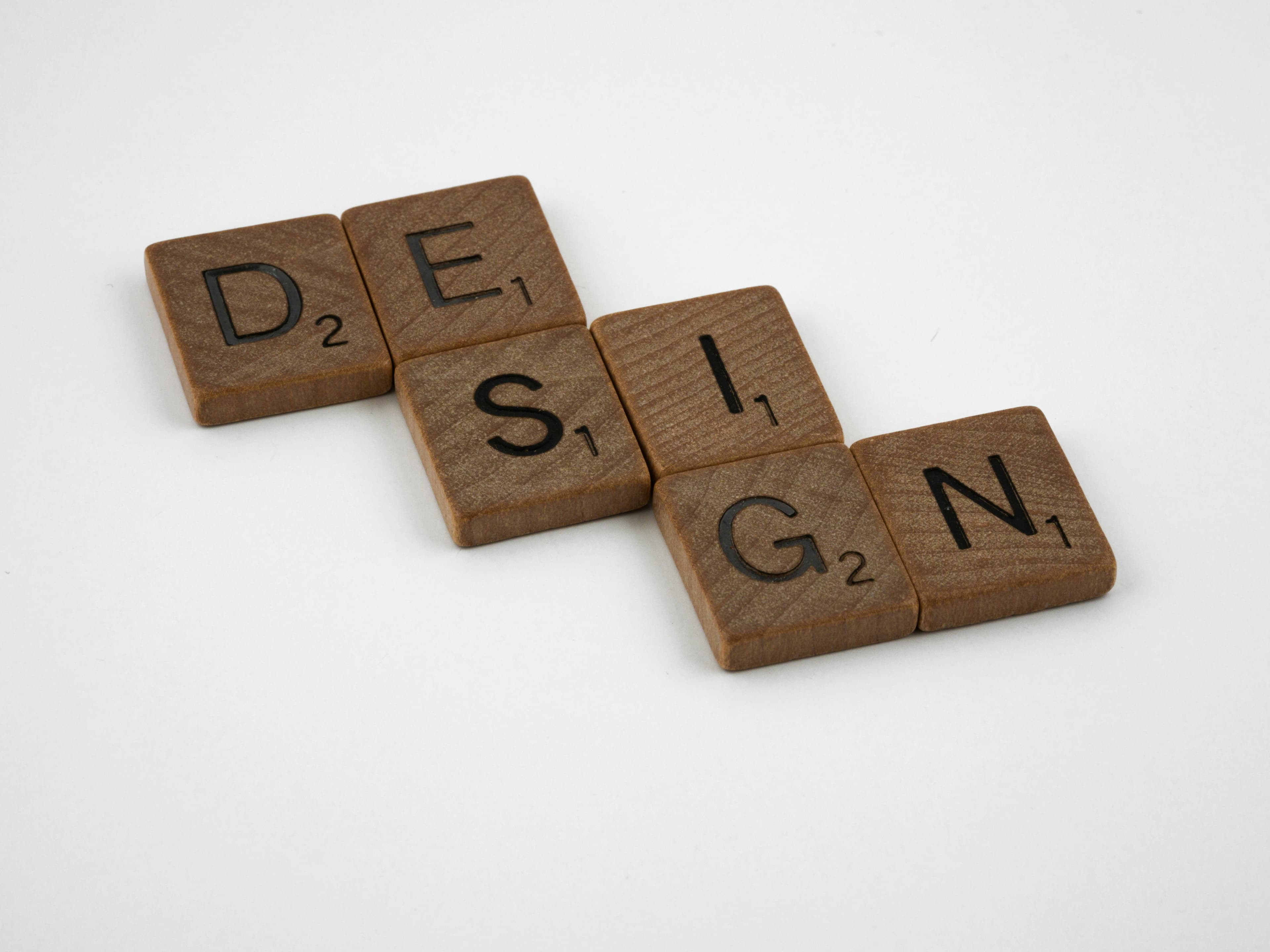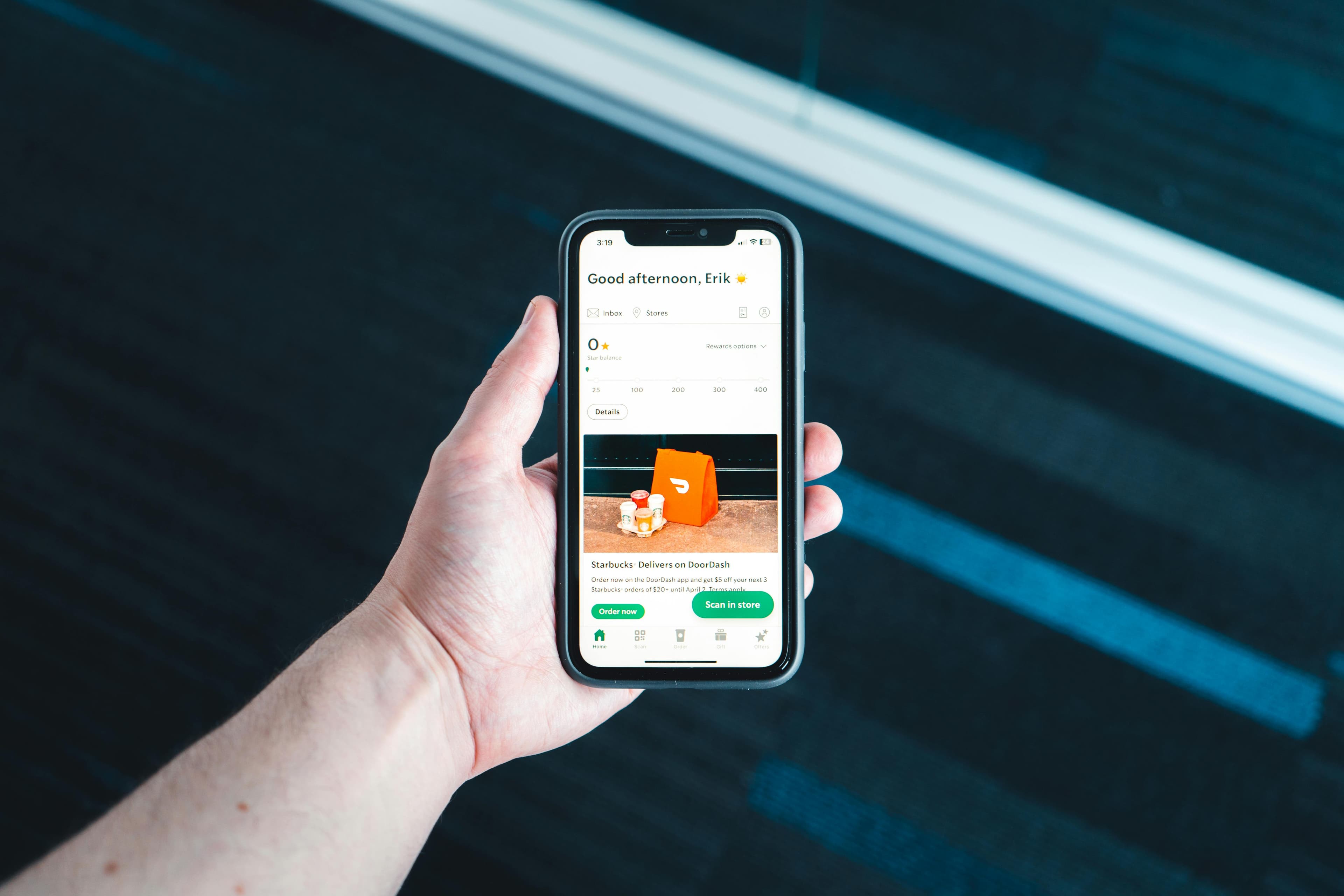
Why Accessibility Should Be at the Heart of Modern Design
"The power of the Web is in its universality. Access by everyone regardless of disability is an essential aspect." — Tim Berners-Lee
Most teams treat accessibility as a compliance checkbox or a last-minute fix. But accessibility isn’t an optional feature—it’s the foundation of great design. In a digital world where user diversity is the norm, inclusive design practices don’t just serve people with disabilities—they enhance the experience for everyone.
In this article, we’ll explore why accessibility matters, the core design principles you need to follow, and the business benefits of building inclusively from the start.
The Problem: Accessibility as an Afterthought
Ask yourself:
- Are we designing for all users, or just the "average" user?
- Is accessibility integrated in our design process, or is it a post-launch fix?
- Could we be missing out on a larger audience by overlooking inclusive design?
Accessibility isn't just about screen readers or WCAG checklists. It's about crafting experiences that are usable by everyone, regardless of ability, context, or device.
The Principles of Inclusive Design
To build truly accessible products, we need to internalize four core principles:
1. Perceivable
Ensure information is presented in ways all users can perceive.
2. Operable
Every UI element must be operable via keyboard, mouse, touch, or assistive technology.
3. Understandable
Interfaces should be clear, predictable, and easy to comprehend.
4. Robust
Designs must work across diverse devices, browsers, and assistive tools.
Design Tactics for Better Accessibility
Color & Contrast: More Than Aesthetic Choices
- Use high contrast ratios (minimum 4.5:1 for text).
- Avoid relying solely on color to convey information.
- Support dark mode and test with color blindness simulators.
Typography: Enhancing Readability for All
- Minimum 16px font size for body text.
- 1.5x line spacing improves readability.
- Use fonts with clear letterforms.
- Ensure text scales up to 200% without breaking layouts.
Read more on Mobile Design Trends and how they influence readability. Understanding these trends helps create accessible mobile experiences that work for everyone.
Keyboard Navigation: A Must-Have, Not a Nice-to-Have
- Logical tab order and clear focus indicators.
- Provide skip links to bypass repetitive navigation.
- Eliminate keyboard traps to ensure seamless navigation.
Screen Reader Support: Building with Semantics
- Use proper HTML structure and heading hierarchy.
- Add descriptive alt text for images.
- Leverage ARIA roles and labels where necessary.
- Always associate form labels with their inputs.
Mobile Accessibility: Designing for Small Screens & Touch
- Interactive elements must be at least 44x44 points.
- Provide alternatives to complex gestures.
- Enable voice control and use haptic feedback effectively.
Making Accessibility Part of Your Workflow
Accessibility testing isn’t a “final step”—it’s a continuous process:
- Automated tools (axe-core, Lighthouse) catch common issues.
- Manual testing with keyboard and screen readers reveals real-world problems.
- Involve users with disabilities in user testing.
- Schedule expert accessibility audits periodically.
This approach aligns with modern UX research methodologies that emphasize continuous user feedback and iterative improvement.
The Business Case for Accessibility
Still on the fence? Here's why accessibility boosts your bottom line:
- Reach a broader audience (1 in 6 people globally has a disability).
- Improve SEO—accessible sites are easier for search engines to understand.
- Reduce legal risks—mitigate lawsuits and compliance issues.
- Enhance brand reputation—show your commitment to inclusivity.
- Better UX = Higher Conversion Rates—accessible designs often outperform in usability tests.
Conclusion: Inclusive Design is Just Good Design
Accessibility is not an extra feature or a development hurdle. It's an opportunity to create digital experiences that are usable, scalable, and future-proof. By embedding accessibility into every stage of your design and development process, you not only meet legal requirements—you build products that delight all users.
Those who prioritize accessibility now will lead the charge in the inclusive digital future. This commitment to inclusive design is essential for building effective design systems and creating collaborative workflows that serve all users.


